Acute Cholecystitis: Everything You Need to Know
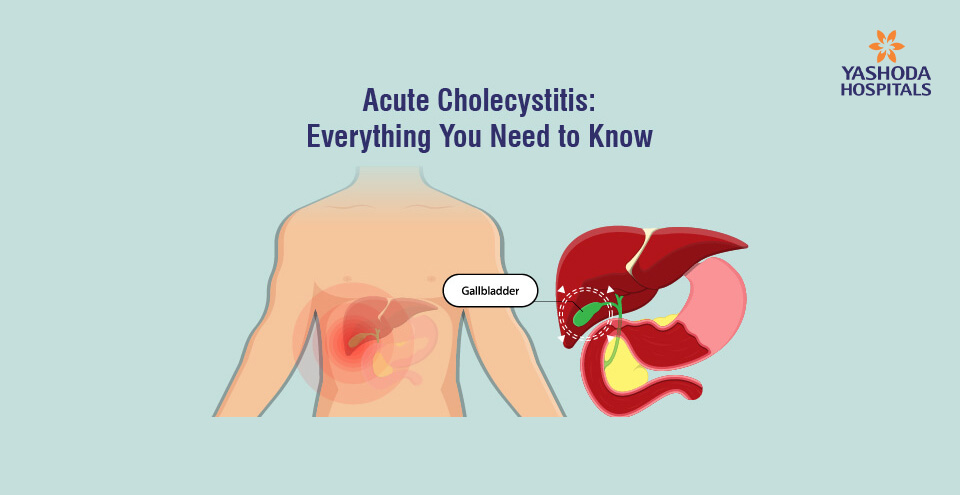
1. How does a gallbladder function?
2. Who is at risk of developing acute cholecystitis?
3. What factors contribute to acute cholecystitis?
4. What are the signs and symptoms of acute cholecystitis?
5. How is acute cholecystitis diagnosed?
6. What is the best way to treat acute cholecystitis?
Acute cholecystitis is a sudden inflammation of the gallbladder caused by gallstones or other conditions such as severe trauma, long-term illnesses, or severe malnutrition. It is an extremely painful condition that often requires surgical removal for long-term symptom relief.
Since the gallbladder is not an essential organ, someone who has had their gallbladder removed through a cholecystectomy can still lead a normal, healthy life by making certain dietary and lifestyle changes.
This article provides a complete overview of acute cholecystitis, from the signs and symptoms to the diagnosis, treatment, and prognosis.
How does a gallbladder function?
The gallbladder is a small, pear shaped organ that is part of your digestive system and is located beneath the liver. It functions to store bile, which is a mixture of cholesterol, bilirubin, and bile salts that help break down fats.
It is connected to other parts of your digestive system through a series of bile ducts that carry bile from your liver to your small intestine. During mealtime, the gallbladder contracts and pushes the stored bile through the cystic duct and down the common bile duct into your intestine. The bile juice that is released into the intestine mixes with the partially digested food and helps in the breakdown of fats.
Gallstones, or biliary sludge in the gallbladder, can obstruct normal bile flow, resulting in cholecystitis.
Acute cholecystitis is typically accompanied by persistent abdominal pain that lasts for several hours.
Who is at risk of developing acute cholecystitis?
People with one or more of the below risk factors are more likely to develop acute cholecystitis.
- Family history of gallstones
- Diet high in fat and cholesterol
- Overweight/Obesity
- Pre-existing diabetes
- Pregnant woman
- History of multiple pregnancies
- Estrogen replacement therapy
- Birth control pills
- Rapid weight loss
What factors contribute to acute cholecystitis?
The two most common causes of acute cholecystitis are calculous cholecystitis and acalculous cholecystitis.
Calculous cholecystitis:
Calculous cholecystitis, which accounts for approximately 95% of all cases, is the most common and typically less severe form of acute cholecystitis.
Calculous cholecystitis is caused by the presence of gallstones within the gallbladder, which causes a blockage of the cystic duct, the main opening to the gallbladder.
The blockage may also be caused by biliary sludge, which is a mixture of bile (a liquid produced by the liver that aids in fat digestion), cholesterol, and salt crystals.
This obstruction leads to a buildup of bile in the gallbladder, which increases pressure inside it and causes it to become inflamed, increasing the risk of infection.
Acalculous cholecystitis:
Acalculous cholecystitis is an acute gallbladder inflammation without the presence of gallstones. It is a less common but typically more serious form of acute cholecystitis.
It usually develops as a complication of severe trauma, serious illness, infection, or long-term starvation that damages the gallbladder.
What are the signs and symptoms of acute cholecystitis?
The main symptom of acute cholecystitis is a sudden, sharp pain in the middle or right side of the upper abdomen that spreads towards the right shoulder or back.
The affected area of the abdomen is very tender and usually presents with sharp pain that may worsen with every breath.
Unlike other types of abdominal pain, the pain associated with acute cholecystitis is usually persistent and does not go away within a few hours.
Other symptoms that may be observed include the following:
- Fever with/without chills
- Nausea and Vomiting
- Sweating
- Abdominal bloating
- Bulge in the abdomen
- Loss of appetite
- Yellowing discolouration of the skin and the whites of the eyes (jaundice)
- Clay-coloured stool
How is acute cholecystitis diagnosed?
In addition to blood tests and imaging procedures, your healthcare provider will evaluate your symptoms and medical history and perform a physical examination.
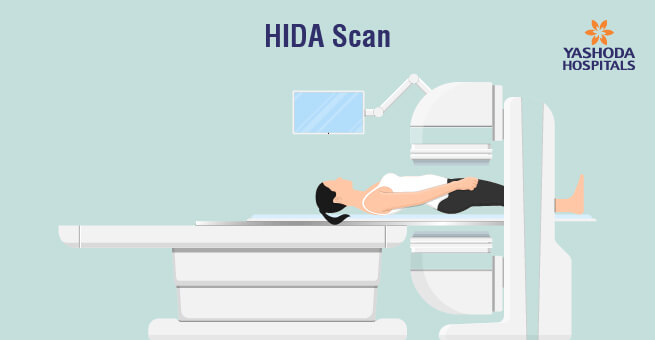
The following tests help in the diagnosis of acute cholecystitis. They include:
- Blood tests: Complete blood picture (CBP) and liver function tests (LFTs) help to determine the presence of an infection or signs of liver problems.
- Imaging tests: Abdominal ultrasound, computed tomography (CT) scan, or magnetic resonance cholangiopancreatography (MRCP) can all be used to create images of your gallbladder and bile ducts that help determine the signs of cholecystitis or stones in the bile ducts and gallbladder.
- Hepatobiliary nuclear imaging (HIDA scan): This procedure involves injecting a radioactive dye that tracks the movement of bile through your body and detects blockages.
What is the best way to treat acute cholecystitis?
The treatment of acute cholecystitis depends on the severity of the condition and the associated complications.
While complicated conditions often necessitate a surgical approach, uncomplicated cases can often be treated with medications or minimal surgical approaches such as gallstone removal or gallbladder drainage.
- Patients are restricted from eating and drinking, commonly known as being nil by mouth (NBM), to take the stress off the inflamed and/or infected gallbladder.
- Intravenous (IV) fluids are administered to help prevent dehydration.
- Pain medications are given to control pain until the inflammation in the gallbladder is treated.
- Antibiotics to fight an underlying infection or as a prophylactic measure.
- Endoscopic Retrograde Cholangiopancreatography (ERCP) is a diagnostic and therapeutic procedure that uses radioactive dye to highlight the bile duct and aid in the removal of stones obstructing the bile ducts or cystic duct.
- Surgical approach for acute cholecystitis entails the removal of the gallbladder, either laparoscopically or by open surgical method. The gallbladder is usually removed within 48 to 72 hours of the diagnosis of acute cholecystitis.
- In patients when cholecystectomy (gallbladder removal) is contraindicated, cholecystostomy (gallbladder drainage) may be done to remove infection. Drainage is done either percutaneously (through the skin under the abdomen) or endoscopically (by passing a scope through the mouth).
What are the risks of untreated acute cholecystitis?
Acute cholecystitis can sometimes lead to potentially life-threatening complications when left untreated. They include:
- Gangrenous cholecystitis (death of gallbladder tissue)
- Infection of the gallbladder
- Perforated gallbladder (rupture of the gallbladder)
- Cholangitis (infection of the main bile ducts and liver)
- Pancreatitis (inflammation of the pancreas)
- Biliary peritonitis (peritoneal inflammation caused by leakage of bile into the peritoneal cavity)
Emergency surgery to remove the gallbladder is necessary to treat these complications in about one out of every five cases of acute cholecystitis.
What is the prognosis for cholecystitis patients?
Cholecystitis is an extremely debilitating condition with a high recurrence rate. Delayed treatment is often associated with higher mortality due to the worsening of the patient’s condition.
Surgery to remove the gallbladder (cholecystectomy) is usually the definitive treatment. Since surgical treatment carries a very low risk of complications, the benefits of the surgery outweigh the risks in most cases.
Abdominal pain of any kind should always be taken seriously, and if you experience sudden pain or bouts of pain in your upper right abdomen, right shoulder, or back, it could be a sign of acute cholecystitis. Therefore, contact your healthcare provider right away.
References:
- Cholecystitis (Gallbladder Inflammation)
https://my.clevelandclinic.org/health/diseases/15265-gallbladder - Acute cholecystitis
https://www.nhs.uk/conditions/acute-cholecystitis/ - Acute Cholecystitis
https://www.healthline.com/health/acute-cholecystitis - Cholecystitis
https://www.mayoclinic.org/diseases-conditions/cholecystitis
About Author –
Dr. K. Hari Krishna Reddy, Consultant General & Laparoscopic Surgeon, Yashoda Hospitals – Hyderabad
MBBS, DNB (General Surgery)





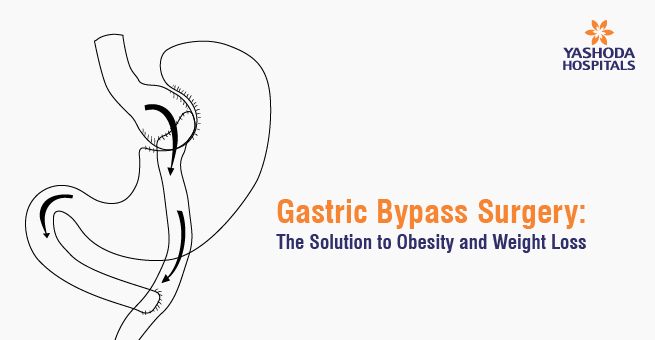
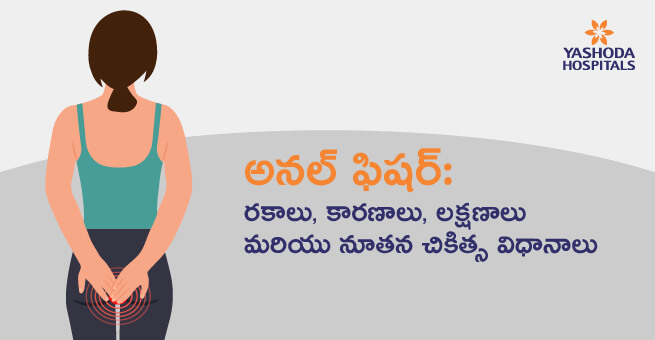
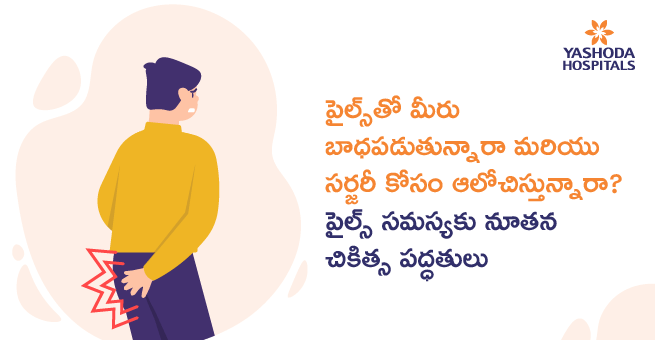
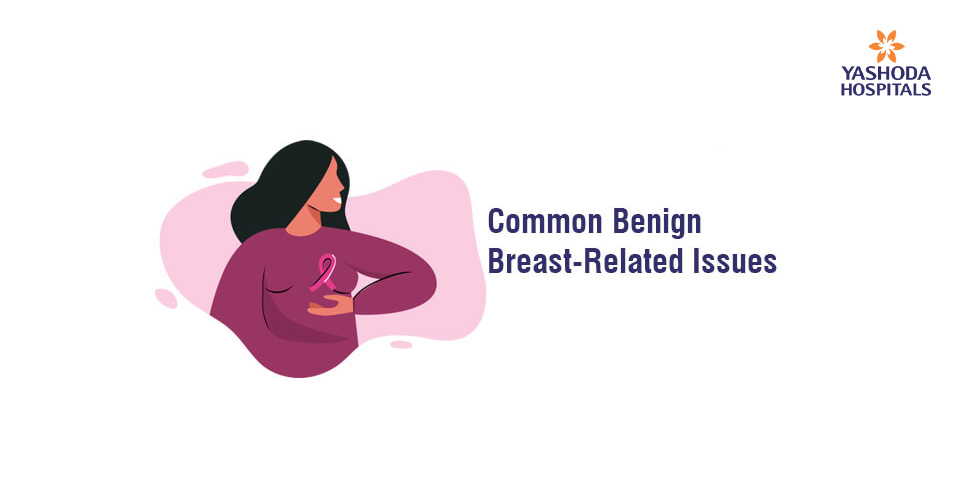
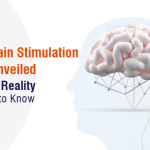
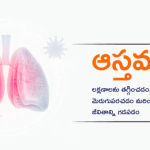
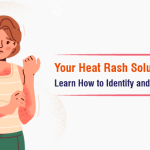
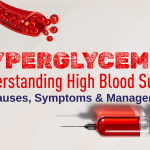
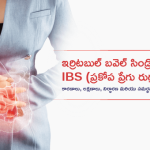
 Appointment
Appointment WhatsApp
WhatsApp Call
Call More
More

